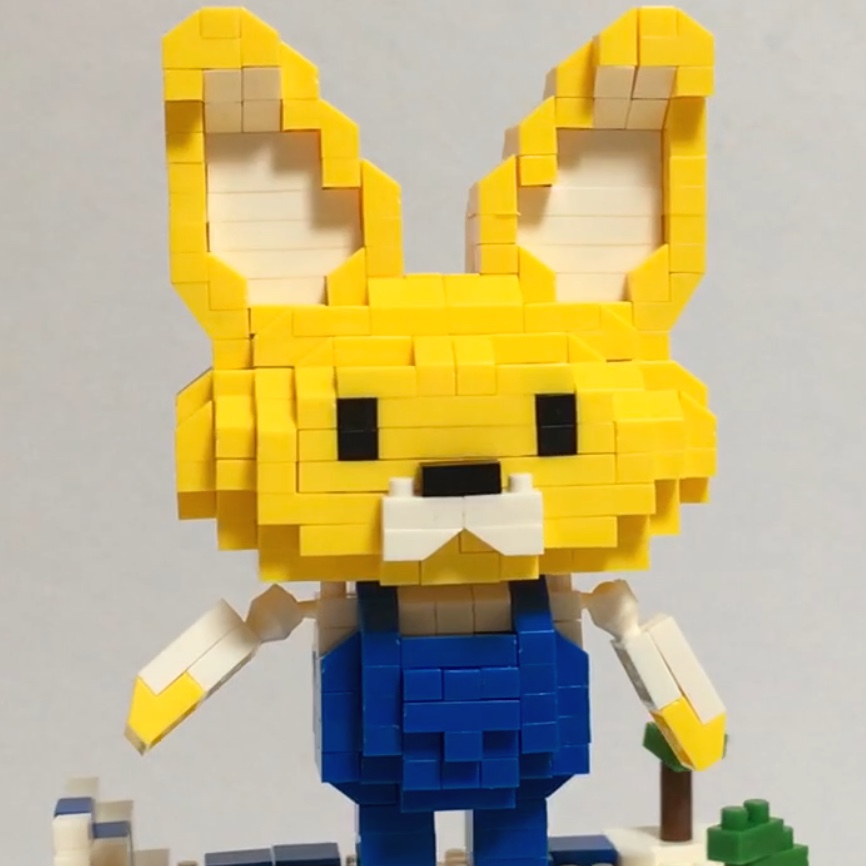티스토리 뷰
Qt 강좌6 QMessageBox 메시지 박스 만들기
New Project
Qt Widgets Application
Name: QMessageBoxExample
프로젝트 생성 완료
ui에 푸쉬버튼을 만든다.
푸쉬버튼 텍스트를 "Show Message"로 바꾼다.
푸쉬버튼를 우클릭하고 Go to slot를 선택합니다.
그리고 clicked()를 선택합니다.
그럼 위와 같이 on_pushButton_clicked() 코드가 생성됩니다.
다음과 같이 코딩합니다.
#include <QMessageBox>
그리고 다음과 같이 코딩해서 메시지 박스를 만들어요.
#include "mainwindow.h"
#include "ui_mainwindow.h"
#include <QMessageBox>
MainWindow::MainWindow(QWidget *parent) :
QMainWindow(parent),
ui(new Ui::MainWindow)
{
ui->setupUi(this);
}
MainWindow::~MainWindow()
{
delete ui;
}
void MainWindow::on_pushButton_clicked()
{
QMessageBox::about(this,"My Title","This is my custom message");
}
컴파일하면 위와 같이 창이 만들어집니다.
Show Message를 클릭합니다.
그럼 위와 같이 메시지 박스가 보이게 됩니다.
aboutQt 메시지 박스
critical 메시지 박스
information 메시지 박스
question메시지 박스
warning 메시지 박스
다음과 같이 코딩합니다.
#include "mainwindow.h"
#include "ui_mainwindow.h"
#include <QMessageBox>
#include <QDebug>
MainWindow::MainWindow(QWidget *parent) :
QMainWindow(parent),
ui(new Ui::MainWindow)
{
ui->setupUi(this);
}
MainWindow::~MainWindow()
{
delete ui;
}
void MainWindow::on_pushButton_clicked()
{
QMessageBox::StandardButton reply = QMessageBox::question(this,
"My Title","This is my custom message",
QMessageBox::Yes | QMessageBox::No);
if(reply == QMessageBox::Yes)
{
QApplication::quit();
}
else
{
qDebug() << "No is clicked";
}
}
위와 같은 메시지창이 나옵니다. Yes를 클릭하면 창은 종료됩니다.
'프로그래밍 > Qt' 카테고리의 다른 글
| Qt 강좌8 Spacers, Splitter, Buddy and Tabs (스페이서, 스플리터, 버디, 탭) (0) | 2018.09.13 |
|---|---|
| Qt 강좌7 레이아웃 Layout (0) | 2018.09.12 |
| Qt 강좌5 시그널과 슬롯(Signals And Slots) (0) | 2018.09.12 |
| Qt 강좌4 GUI 위젯 애플리케이션(widget Application) (1) | 2018.09.12 |
| Qt3 강좌3. 첫번째 Qt 애플리케이션 Hello World (Empty qmake Project) (0) | 2018.09.12 |






























